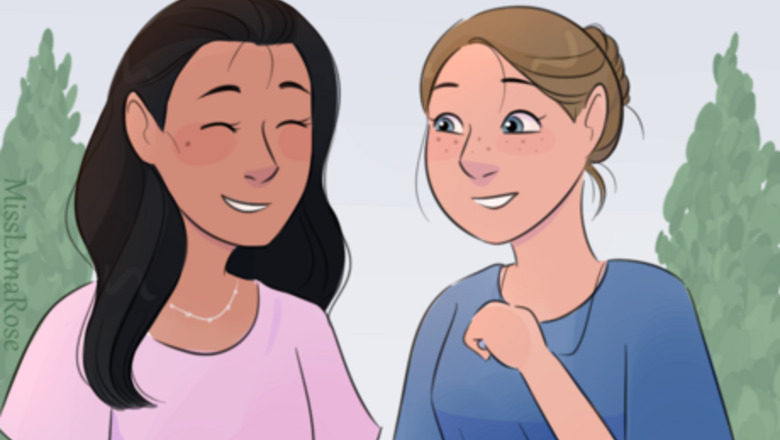
views
What is queerbaiting?

It's a bait-and-switch technique that hints at queerness but never shows it. You might have seen this in movies or a series, since it's quite prevalent on television. Queerbaiting is a "bait-and-switch" technique of attracting viewers by hinting at a character's queerness, but it's never actually shown. As mentioned, it's a marketing approach to gain more viewers, which seems like a good thing--but it's a lot more harmful than most people would think.
What's the difference between queer coding and queerbaiting?

Many people often get confused by the terms "queer-coding" and "queerbaiting" and don't know what the difference is, but the two are actually different. Queer coding: When characters are not officially proclaimed to be queer, yet there is enough subtext for an audience to interpret them this way. For example, a male character wearing makeup each episode of a TV series. Queer coding isn't necessarily either negative or positive, but when it's used too much in media, it can be harmful. Queerbaiting: When queerness (such as an LGBT+ romance) is hinted at but is never actually portrayed. For example, if two women in a TV series often 'flirt' with each other but never actually get into a relationship, and don't state any obvious cues that they are romantically/sexually interested in each other either. Queerbaiting, when obvious and intentional, is considered offensive (see the question right below this one).
Why is queerbaiting harmful?
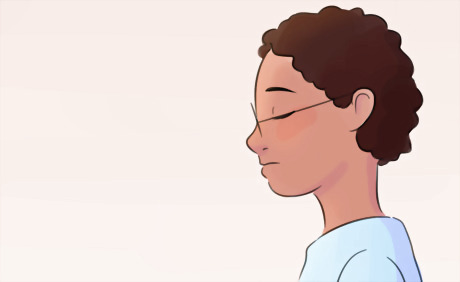
It may cause young viewers to assume that there is little LGBT+ representation and feel isolated. Young people who identify as LGBT+ and view media with queerbaiting can feel inadequately represented. These sorts of bait-and-switch techniques also exacerbate the mental health concerns that queer people are already more prone to encounter, such as depression and anxiety. When queer youth don't see themselves reflected in media, it can be isolating.
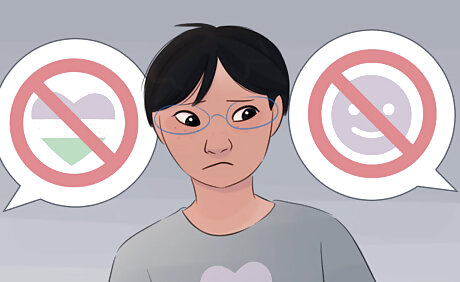
It's invalidating to LGBT+ people. When same-gender attraction or other LGBT+ identities are suggested but never shown, this can be invalidating for people who identify as LGBT+. Queerbaiting is a way to "sweep" LGBT+ identities "under the rug;" this is very invalidating to queer folks.

Queerbaiting is considered an attempt to "erase" queer identities. When characters are hinted at to be LGBT+ and then aren't actually shown to be, or never state their identity, this can appear as a way to "erase" queer identities by showing same-gender attraction or other ways of being LGBT+ as "a phase" or "not a real thing".

It allows firms to benefit from deceptive marketing to the LGBT+ community. Queerbaiting is considered shameful to the LGBT+ community, since it prevents society from viewing LGBT+ individuals as just normal, everyday humans functioning in a culture where they can live happy, healthy, normal lives out in the open.
How can I avoid queerbaiting in my own writing?

Don't be afraid to write openly queer characters and relationships. Many non-LGBT+ writers feel cautious about adding open LGBT+ representation to their stories because they're afraid of accidentally misrepresenting or offending the LGBT+ community, or because they're worried that homophobic people will start a controversy over it. Writing a queer character or relationship is nearly the same as writing any other characters or relationships. However, there are some important things you must keep in mind to write LGBT+ characters. See this article for more info on how to write LGBT+ characters respectfully and accurately.
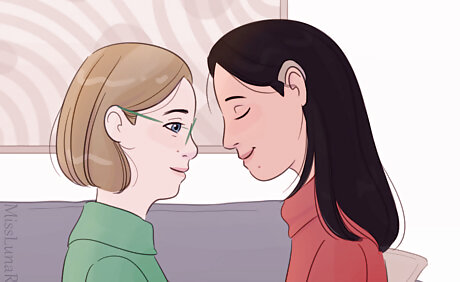
Make character relationships clear. The characters' friendships and relationships should be made clear in your story. For example, if two guys flirt with each other throughout your story and clearly like one another, make them a couple at the end. If a character likes their best friend and flirts with them, but their friend doesn't feel the same way, have one of them say they aren't interested in dating. Don't make a character have a love interest and leave the reader hanging. Remember that questions about love interests and relationships should be answered by the end of the story. The reader should be able to read your story and say something like, "two guys were in love with each other and finally decided to go on a date at the last chapter of the story," not "two guys were in love and flirted, but they never actually started dating."

Try to include one or two same-gender couples in your story. This is a simple way to add LGBT+ representation to your story. Try having a story character talk about their partner in a conversation, or make a primary character bring her girlfriend to a party. Even a passing mention from a side character, like a male teacher mentioning his husband, can be a nice detail in your story.

Remember that queerness isn't only about dating people of the same gender. Trans, aromantic, asexual, and nonbinary representation are also important. It's also okay to portray bisexual or pansexual characters dating someone of a different gender (without erasing their identities). All LGBT+ people deserve role models in the media.

Add at least one known queer character in your story. Even better, have them clearly state their identity or sexual orientation themselves as well. Avoid "beating around the bush" with their identity as the story goes on because this is what queerbaiting truly is. Labels are powerful. It's a good idea for a character to openly say "I'm aromantic," not just "I'm not looking for love." It helps readers with the same identities feel like they aren't alone.
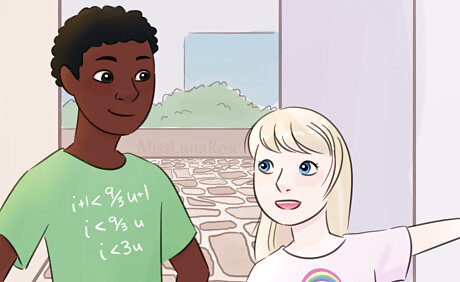
Add a few side or background LGBT+ characters, even if your main character is straight. Have one or more of the main character's friends, peers, family members, colleagues, or teachers mention that they are LGBT+ or in a same-gender relationship. Simply having one character that is (openly) LGBT+ can make all the difference for inclusivity in your story. You may not have room to represent every single identity in one story, and that's okay. Go with what feels healthy for your story.












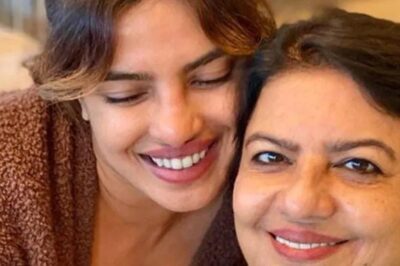


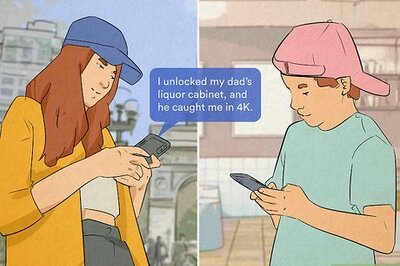

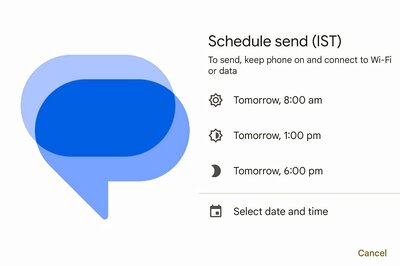

Comments
0 comment